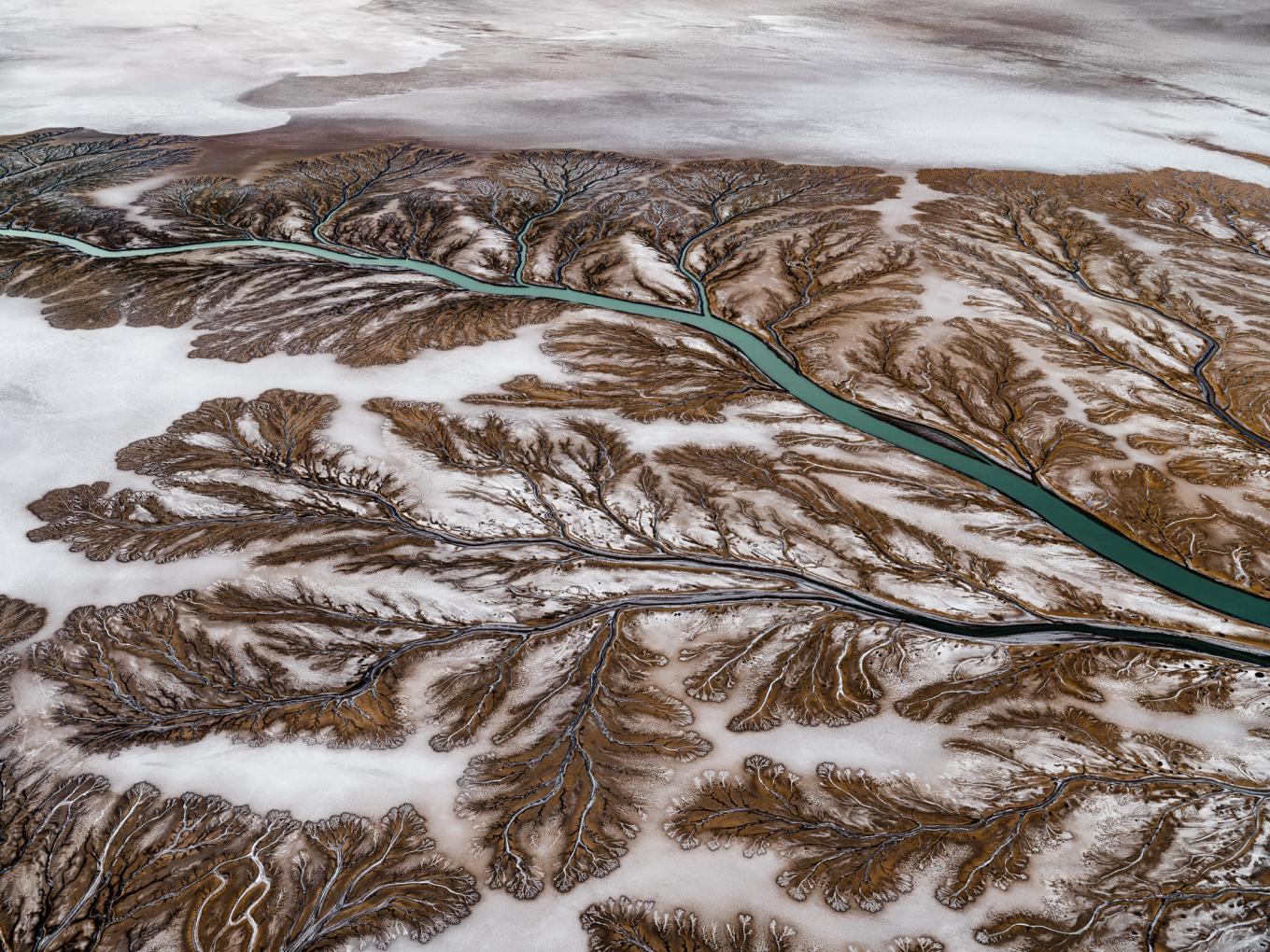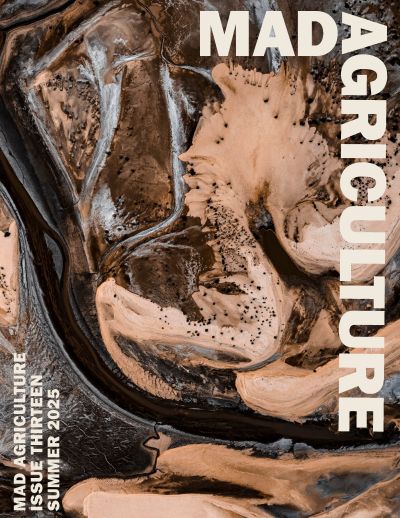
The Mad Agriculture Journal
Reclaiming Absence: Tom Hegen’s Colorado River Delta Series
Published on
October 13, 2025
Written and photographed by
Tom Hegen
Introduction by
Jonnah Perkins
With his signature aerial perspective and minimalist precision, German photographer Tom Hegen turned his lens to one of North America’s most stark ecological voids—the Colorado River Delta. Once a lush, life-giving expanse of wetlands and marshes, the delta has been largely reduced to cracked earth and salt flats after decades of diversion and overuse. In this hauntingly beautiful series, Hegen documents not only what remains, but what’s been lost. His photographs challenge us to confront the hidden cost of human infrastructure and agriculture, inviting a reflection on how landscapes become echoes of past abundance. As with much of Hegen’s work, this collection is not just about seeing—it’s about understanding.
Tom Hegen on his 2021 Colorado River Delta Series
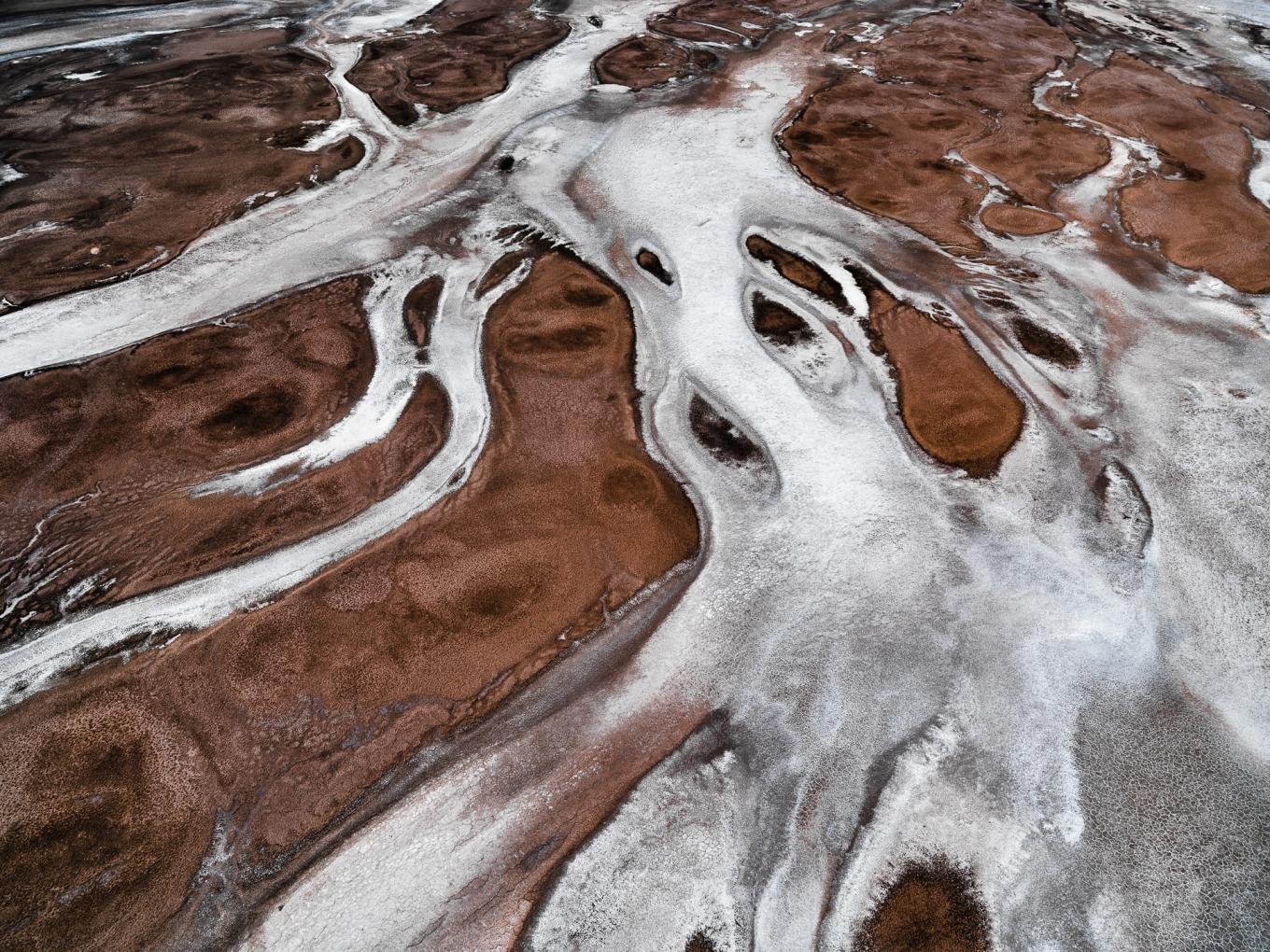
Water covers about 71 percent of the Earth. Only 2.5 percent of all the water on the planet is freshwater that is drinkable. More than one in three people globally do not have access to clean drinking water. The Colorado River in the US and Mexico is a remarkable example of how human-made systems control water and its consequences to the environment.
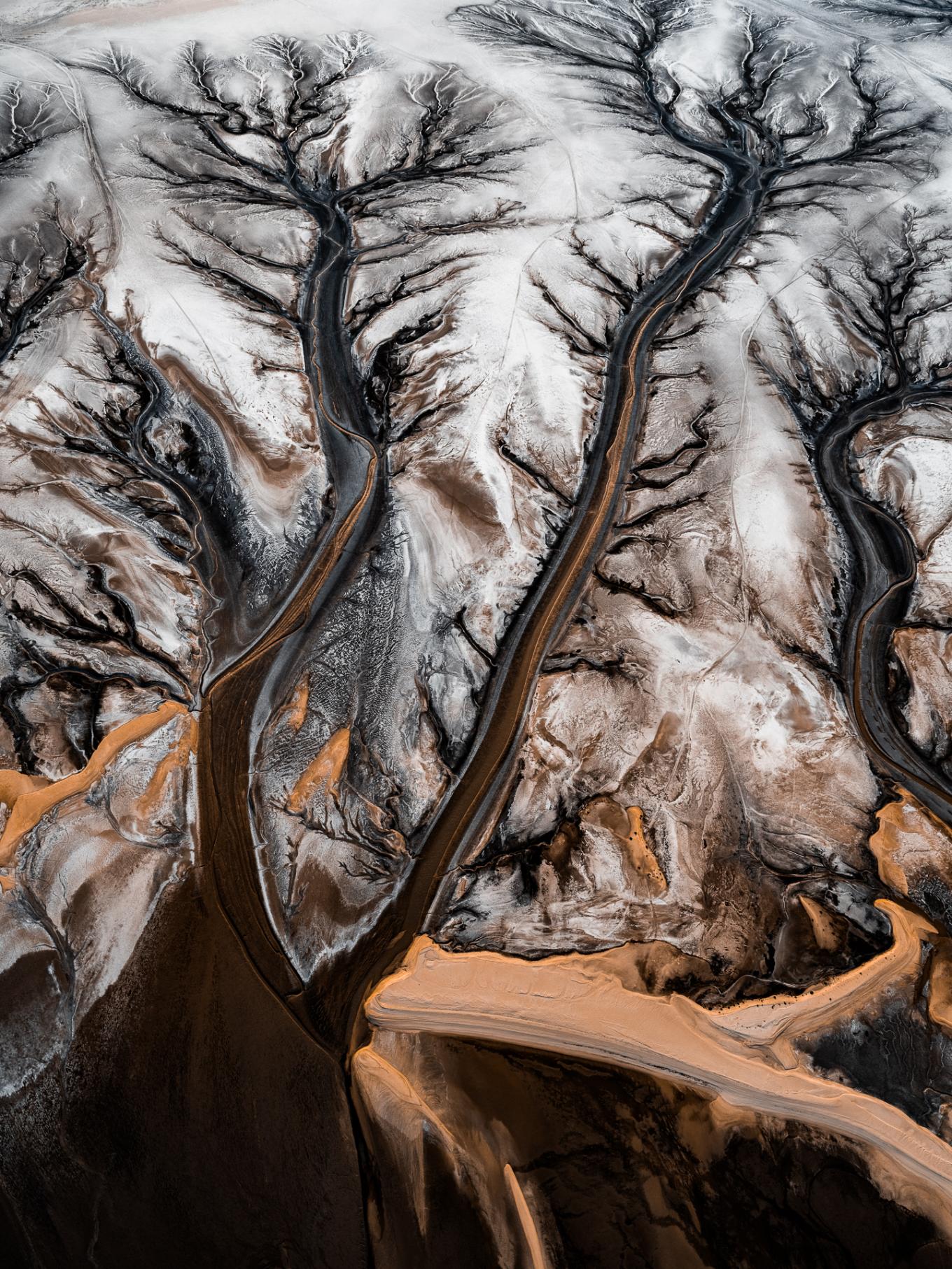
The Colorado River once flowed freely into the Colorado River Delta, feeding an ecosystem of wetlands, lagoons and marshes. But massive population growth in the United States and Mexico resulted in such a rise in water consumption that the countries started building dams along the river and diverted its water into a network of canals to enable the growth of cities like Las Vegas, Los Angeles and Phoenix. In addition, other parts of the water are used to irrigate thousands of fields in the region. As a result of these massive activities, the river rarely reaches the sea anymore. Moreover, the gigantic Colorado River Delta, which once was covered with plants and full of life, turned into a desert.
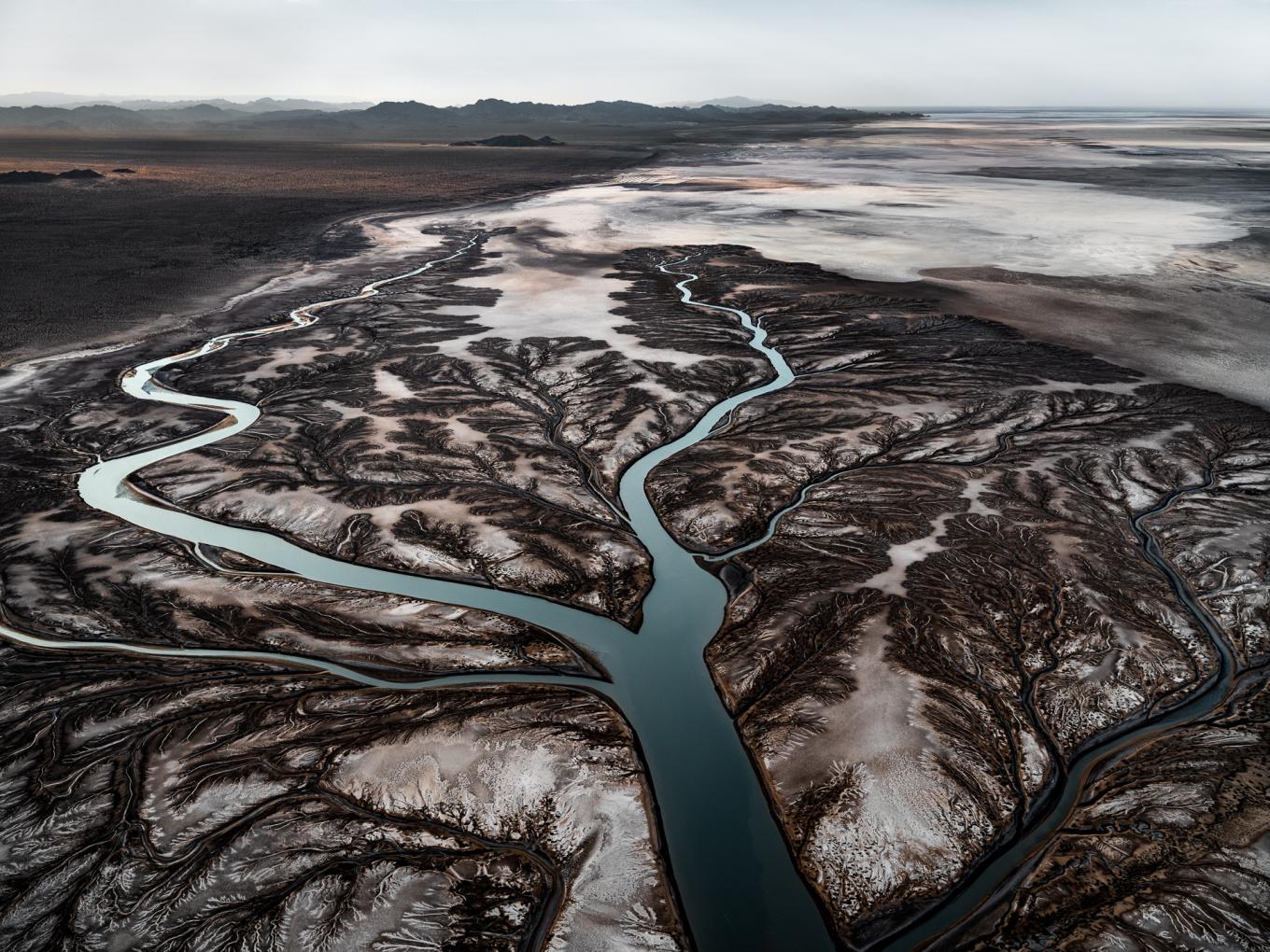
Without the river, the delta stays dry with consequences on local farmers and fishermen that have to leave the region. Those interventions are the reason why the river will never again function as a free-flowing stream, with effects on the environment and inhabitants that depend on its water. At the moment, both countries undertake actions to restore the river and to bring back life to its delta.
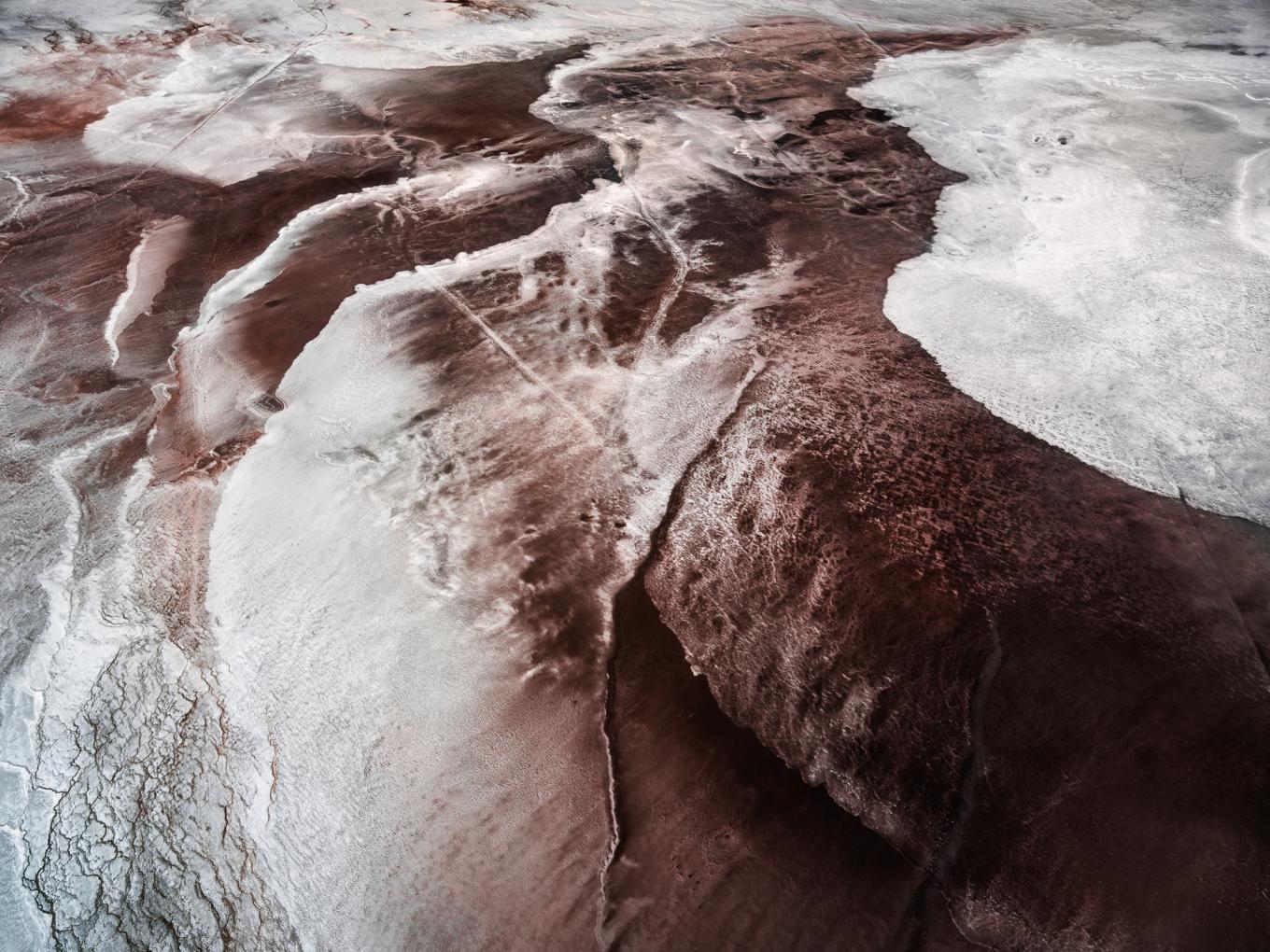
We need to understand that everything on our planet is connected and that changing one element in the system will impact other parts.
